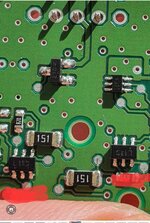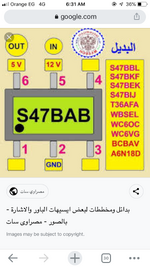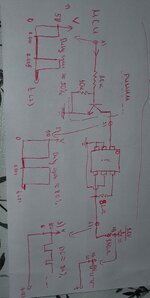diablo2
Newbie
Hello, I've been trying to find what the part behind this smd code is "L1 s 47, but without much of a success. I think it's possibly a npn transistor or some sort of led driver packaged. I have attached a photo of the marking. Every help will be much appreciated!


